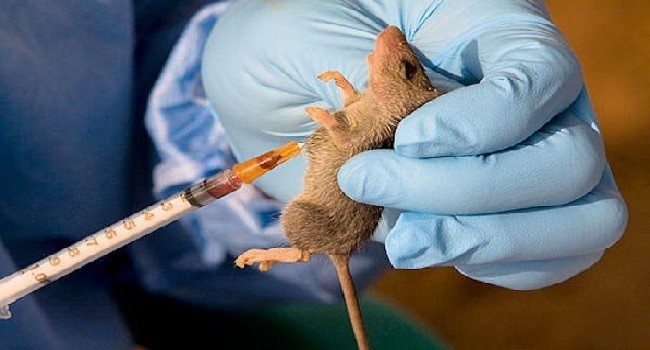
The Nigeria Centre for Disease Control and Prevention (NCDC) has confirmed 506 cases of Lassa fever out of 2,492 suspected cases, with 95 deaths as of February 23, 2025. According to the NCDC’s weekly situation report, the disease has spread across 12 states and 70 local government areas, with a Case Fatality Ratio (CFR) of 18.8%, consistent with the same period in 2024.
Key Statistics from the Report:
- Confirmed Cases: Ondo (160), Bauchi (122), Edo (88), Taraba (80), Ebonyi (15), Kogi (14), Gombe (11), Plateau (7), Benue (5), Nasarawa (2), Delta (1), and Cross River (1).
- Increase in Cases: Week eight saw an increase in new confirmed cases, rising from 38 in week seven to 54. These cases were reported in Bauchi, Ondo, Edo, Taraba, Ebonyi, Plateau, Benue, and Kogi States.
- Age and Gender Distribution: The majority of the affected age group is between 21 and 30 years old, with a range of 1 to 94 years. The male-to-female ratio of confirmed cases is 1:0.8.
Lassa fever, an animal-borne viral illness, is transmitted primarily through contact with the urine, feces, or saliva of infected Mastomys rats, common in many parts of Nigeria. The disease is most prevalent during the dry season, which typically lasts from November to April in Nigeria.
State Breakdown:
- Ondo accounted for 32% of all confirmed cases.
- Bauchi and Edo accounted for 24% and 17% of cases, respectively.
- Other states like Ebonyi, Kogi, and Taraba also reported significant cases, contributing to the spread of the disease across multiple regions.
Despite the rising number of cases, the report highlighted a decrease in the number of suspected cases compared to the same period in 2024. However, the disease continues to pose a significant public health threat.
In the latest update, one healthcare worker was reported to have contracted the virus during the reporting week. The NCDC has activated the National Lassa Fever Multi-Partner, Multi-Sectoral Incident Management System (IMS) to coordinate response efforts at all levels. This collaborative approach aims to improve surveillance, response strategies, and awareness campaigns to curb the spread of the disease.
As the disease continues to spread, health authorities are urging heightened vigilance, emphasizing the need for effective public health measures to prevent further transmission, especially in the affected states.





